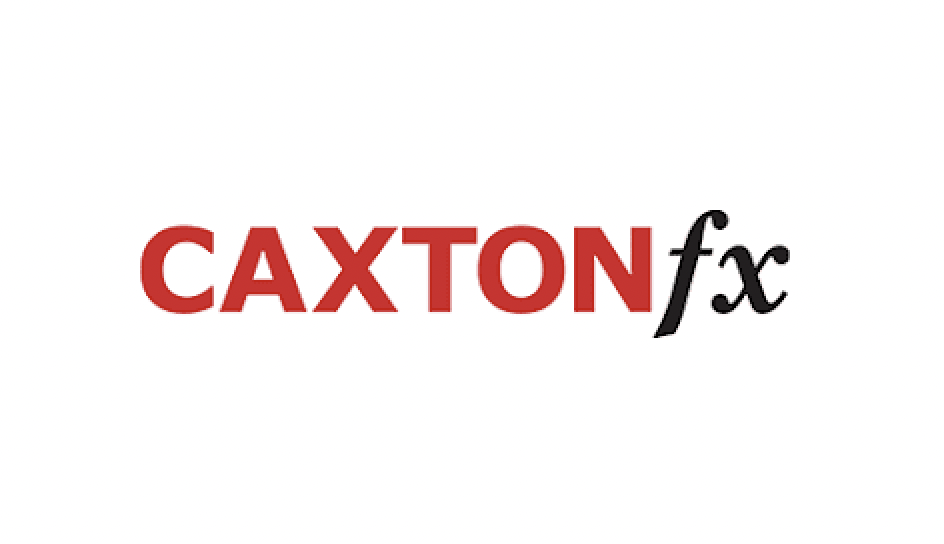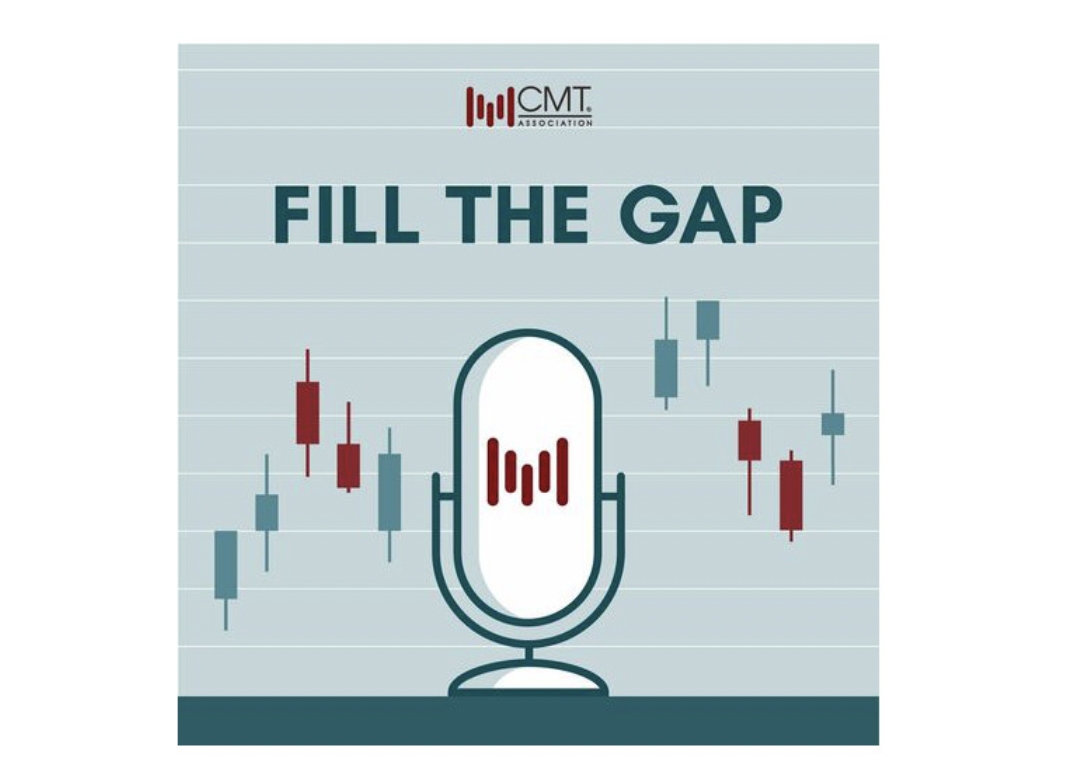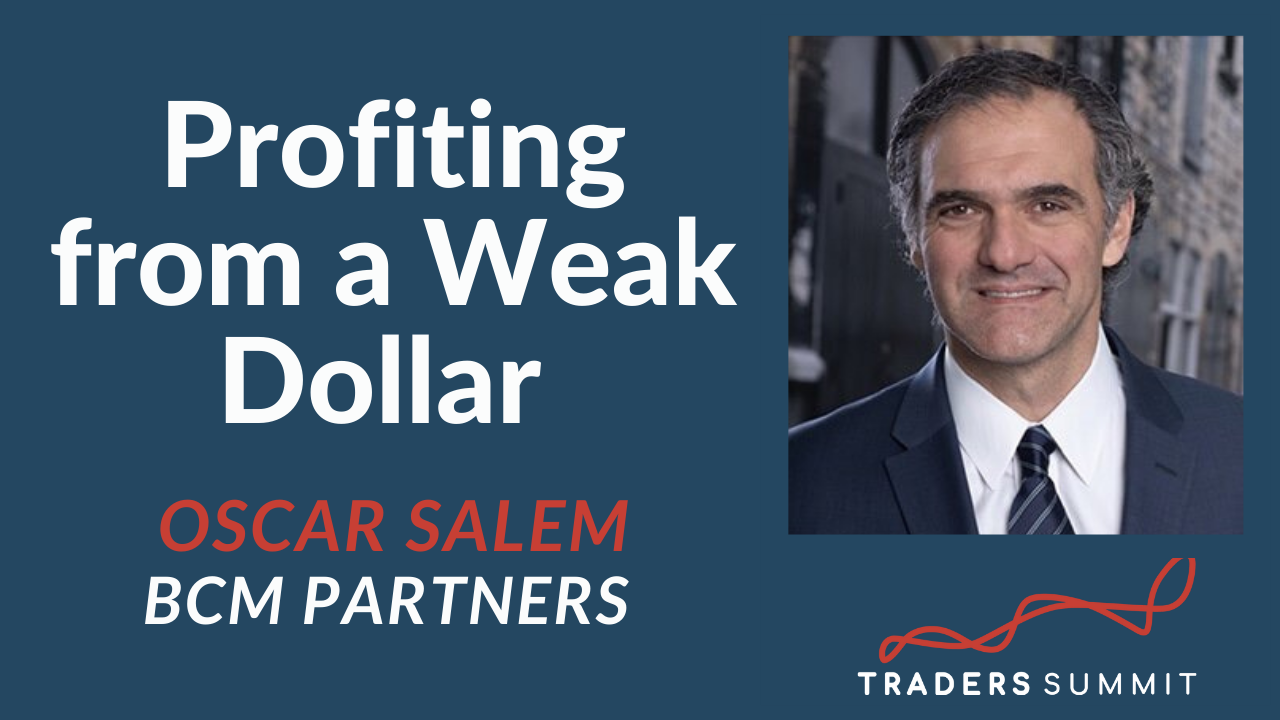All the King’s Horses

All the King’s Horses
Sterling started last week in seemingly as good a mood as the Red Half of North London as it marched back up the hill of gains, touching a high just short of 1.15 midweek against the greenback before giving back most of its advance last Friday. Sterling was helped higher after the government u-turned on their plans to axe the highest tax rate but also by short covering. The euro partly mirrored sterling’s advance and retreat, becoming giddy as it approached what looks to be a ceiling at parity. The dollar started to strengthen, pushing the pound lower on Friday morning as non-farm payrolls loomed closer. When the employment figures were published, they were at the higher end of estimates, whilst the actual unemployment rate was at the lower end of forecasts. The market response was immediate, and the dollar’s rally intensified into the long US weekend.
Despite numerous speakers from the Fed making it abundantly clear that they are not for turning on their current policies, the financial markets still appear unconvinced that they will stay the course and are consistently trying to pick a turning point. To us, this seems wishful thinking, and with four million more vacancies than there are unemployed Americans, the US still has a vibrant economy, and there is scope for further tightening of monetary policy. This week sees the release of a complete set of US inflation figures, giving the markets another opportunity to try and anticipate when the Fed will perform the policy pivot. Without a doubt, when the Fed does pivot, the dollar will be firmly on the down escalator but still some way off and almost certainly further than the market wishes.
Some of our readers will be pleased to have some respite from the market’s gyrations today as the US celebrates Columbus Day. But this is only a breather, as there is a complete data docket ahead for us to look forward to. By the end of the week, the inflation outlook in the US should become more apparent. The first of this week’s points of interest will be the NFIB small business optimism report tomorrow, revealing corporate plans for price rises. Wednesday sees the publication of September’s Producer Price Index and last month’s FOMC minutes, which are almost sure to be uber-hawkish. The figure of the week is undoubtedly the Consumer Price Index which is expected to stay steady at 8.1% …so much for the Fed slowing inflation! Whether the Fed is slowing the economy and impacting the guy on Main Street will become clear on Friday when Retail Sales are scheduled for release, as are the Michigan Sentiment indicators.
There are signs that the edges of the financial markets are starting to creak, and this was acknowledged last week in a letter from the BoE’s Sir Jon Cunliffe to the Treasury. In his missive, he admitted that the Old Lady’s intervention into the gilt market was to prevent a “self-reinforcing spiral” of destruction. Many misinterpreted this move as a sign of policy easing, but it wasn’t. Indeed, the Bank of England is following the Fed’s path to higher interest but more cautiously … much too cautiously in reality, causing the currency to suffer. At least the Bank of England has taken steps this morning to defuse more problems in the Gilt market by taking steps to add temporary liquidity to the money markets. The Bank of England will stay in the headlines this week with several of its policymakers set to make speeches, the most noteworthy being Andrew Bailey tomorrow morning.
Sterling looks set for another potentially testing week, with the unemployment data released tomorrow morning possibly being the catalyst. The headline figure is expected to be little changed and is not as important as it once was due to what seems to be a shift as the number of “working” people shrinks. The Average Earnings data will be more pertinent against an increasingly militant workforce, which is expected to have risen again. Will the figures be robust enough to embolden the sleepy Old Lady in Threadneedle Street to hike interest rates by 1% at its next meeting on November 3rd? As always, all will become apparent in the fullness of time.
The euro has been pretty much trading in tandem with sterling and, this morning, is sitting towards the middle of its recent trading range at 1.1415. It, of course, has its own problems, which are as tough if not tougher than those the UK faces. Its energy problems are receiving widespread media coverage by writers more erudite and knowledgeable than ourselves, and it’s enough to say that there is a real possibility that the lights will go out in its industrial heartlands this winter. Industrial Production, released on Wednesday, is forecast to fall again, reflecting how the scarcity of energy is impacting the Eurozone already not a good start to winter. How and when the ECB will act could become clearer with several council members, including Chief Economist Phillip Lane, speaking today and tomorrow.
As the nights draw in, we can feel winter’s cold breath starting to blow across the markets, and as it does, volatility is sure to increase. Be careful out there, and remember, we are here to help you through these uncertain times.
20221010












